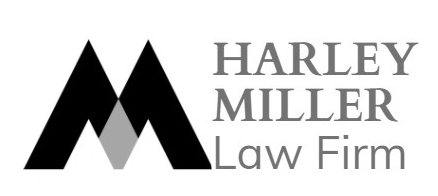In some cases, a business may need to share its trade secrets or proprietary information with another company. For example, a manufacturer may conduct special tests on sample products and doesn’t want its competitors to know the details of the new product. Alternatively, an assembly company may want to know if a supplier can meet new, strict technical specifications that would provide a competitive advantage but doesn’t want anyone else to use similar technical specifications. In both examples, the sample products and new technical specifications are leaving the hands of the owners, but they still want to retain control over their information.
The solution for a company that needs to disclose its confidential information is to enter into a confidentiality agreement, sometimes referred to as a non-disclosure agreement (NDA). An NDA is a contract in which the parties agree not to disclose certain information, except as specified in the agreement. NDAs are often used by inventors or companies when sharing business ideas, prototypes, or confidential information with third parties. The purpose of disclosure is to assess the potential for manufacturing, design, or commercializing a specific product in a collaborative relationship with another company during negotiations for licensing agreements or when seeking financial backing for product development or business plans.
An NDA typically starts with a clear declaration of the owner of the information (disclosing party), the company receiving the information (receiving party), and the permissible purpose for transferring the confidential information. Defining what constitutes confidential information involves examining what is considered a breach of confidentiality, such as a list of events that constitute a breach of confidentiality for the public, so the receiving party does not have to comply with NDA regulations.
The NDA also clearly specifies how the receiving party is required to protect the information and what the receiving party is allowed to do with the information (only using it for the permitted purpose) and what it is not allowed to do (e.g., disclosing it to anyone not authorized to know the information).
Generally, these contracts specify how long the information must remain confidential; this is usually the period during which the confidential information will provide a competitive advantage, plus some additional time for delays. The typical duration is around two to five years.
When the receiving party has signed an NDA, the disclosing party can confidently share their confidential information without fear of it being disclosed improperly.
When should an NDA be used?
It’s important to note that companies should not use NDAs excessively. The best way to keep a secret is not to tell anyone. If sharing confidential information is necessary, the less disclosed, the better, to achieve the desired commercial purpose. Sometimes, only a general outline is needed, although detailed information may be necessary for technical evaluation.
Additionally, great care should be taken when selecting the receiving party to ensure that the secrecy of the information is genuinely maintained.
One drawback of legal protection for secrets is that once disclosed in any way, they can no longer be made “secret.” Even if the owner of the secret sues and obtains damages, it’s still not as good as keeping the information secret. Competitors will have free access to your hard-won secrets. Therefore, the best approach is to make sure the secret remains secret in the first place.
Reciprocal Nondisclosure Agreement
In some cases, the information flow is bidirectional, with both parties sharing confidential information with each other, such as when two parties are entering into a joint venture. In such cases, the NDA would address the confidentiality agreement and the terms of the joint venture agreement simultaneously.





